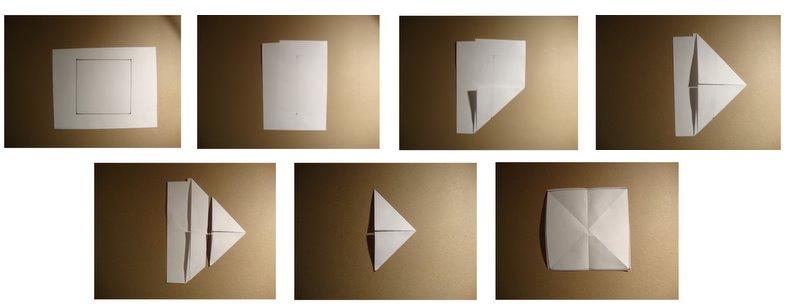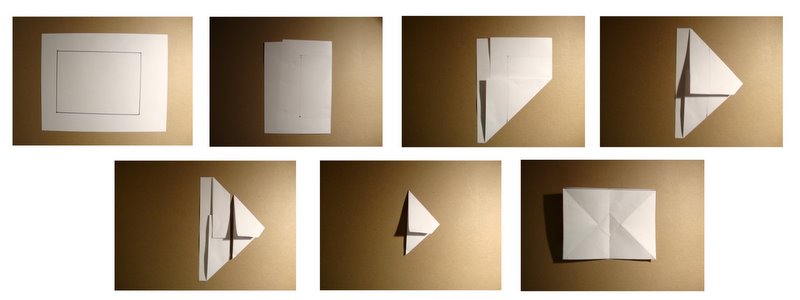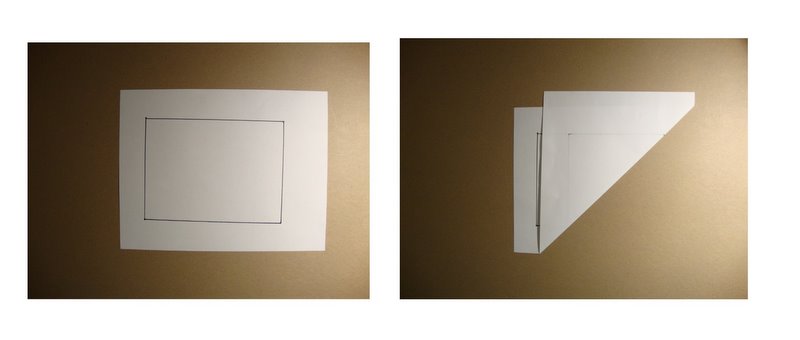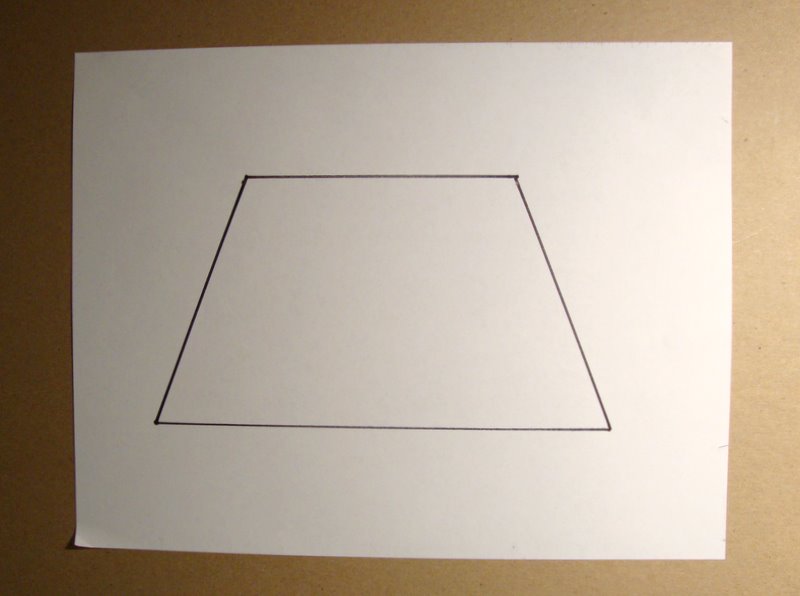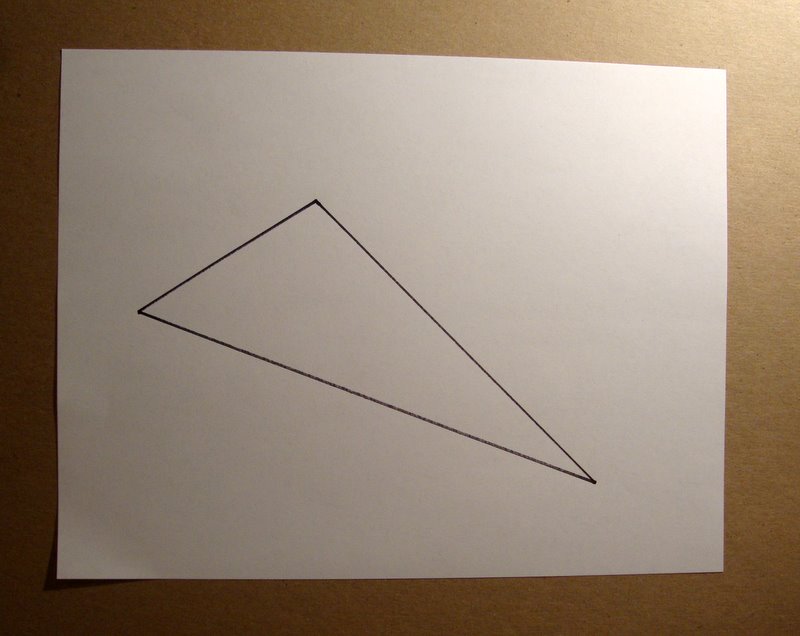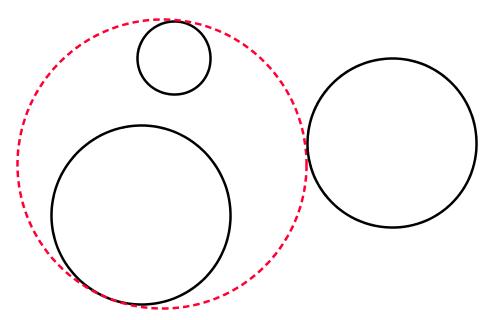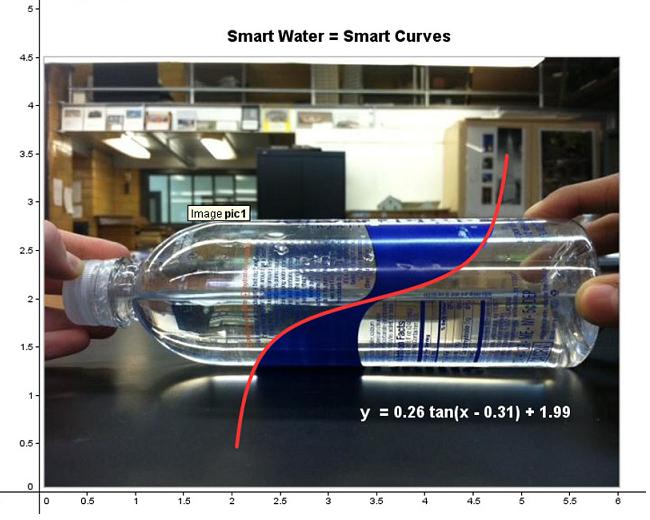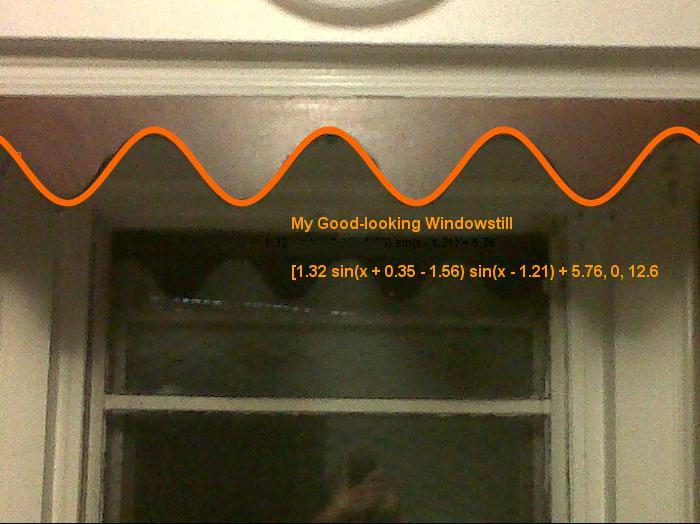Here’s a good place to start my Fun With Folding series. Below are the instructions for four basic folds: folding a linethrough two points; folding the midpoint of a line segment; folding the perpendicular bisector of a segment; and folding the angle bisector of an angle. Get these all down and you’ll be ready to have lots of fun with folding!
First, let’s fold a line between two points. The key here is to make sure that both points lie in the crease of the fold.
You can fold the midpoint of a line segment by folding in such a way that one endpoint of the line segment lies on top of the other. The two halves of the line segment should be right on top of each other, and just pinch the fold at the midpoint.
To fold the perpendicular bisector of a segment, perform the same steps as above for a midpoint, but just complete the crease!
The last basic fold is an angle bisector. Given an angle, make a fold that passes through the vertex of the angle so that the two sides of the angle lie on top of each other.
Once you’ve got these basic folds down, you’ve got everything you need to try some more advanced folding challenges!
Have more Fun With Folding!




